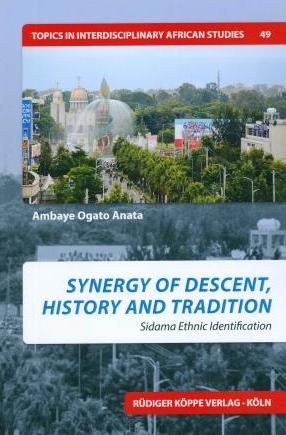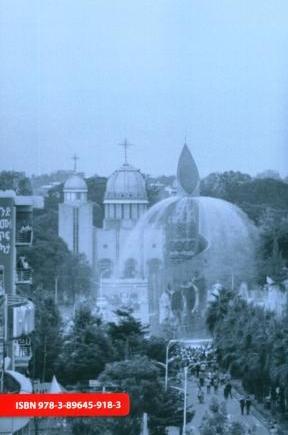



The Sidama are found in the northeast of the Southern Nations, Nationalities and People’s Regional State (SNNPRS). The boundaries of the Sidama are the Oromia region in the north, east and southeast, the Gedeo zone in the south, and the North Omo zone in the west. The Sidama zone constituting a total area of 76,276 square kilometres, the topography ranges from 500 to 3,500 meters above sea level. The Sidamaland is the home of the Sidama people and is located about 270 kilometres south of Addis Ababa. It stretches north-south along the international all-weather road that connects Nairobi (Kenya) to Addis Ababa. The northernmost point of the Sidamaland consists of the city of Hawassa, which, as mentioned above, is both the administrative capital of the Sidama zone and the SNNPRS capital. As a broad road network project that connects Ethiopia with Kenya, the road that passes through most territories of the Sidama is being asphalted.
The strong ethnic identification of many Sidama is generally evident in Sidamaland and particularly evident in the city of Hawassa, even to the casual observer. A study of the different factors of ethnic identification is warranted to understand how the Sidama people view themselves within their ethnic group and in relation to other ethnic groups. The vibrant and distinctive sense of Sidamaness is not a recent phenomenon among the Sidama, but rather the historical continuation of asserting and reasserting a distinctive Sidama ethnic identity over time.
The Sidama define their ethnic identity using different terms and on the basis of different criteria. This study explores three commonly used criteria: descent, history and tradition. The process of Sidama ethnic identification passed through a turbulent phase during the incorporation of the Sidama into the 'modern' Ethiopian empire in the late nineteenth century. After the incorporation of the Sidama, the government vociferously denounced and marginalized the traditional institutions of the Sidama and introduced state-sponsored institutions such as the 'church' and 'modern education'. This forced Sidama traditions to be practised 'under the radar' and led to feelings of resistance against the administration. However, as will be argued in this study, this turbulent phase evolved into a resource among the Sidama for promoting and deepening dimensions of identification, and inextricably became a part of future discourse with regard to Sidama identification.
Under these links you will find further studies of ethnical and national identity in various African countries:
While the author might take these issues into account for future work, as it stands now, the book contributes greatly to scholarship on Ethiopian studies. It introduces one major voice that, historically, has been marginalized by hegemonic voices of empire. This immensely shapes knowledge production processes and, hopefully, inspires more in-depth discussion.
Serawit B. Debele in Aethiopica, 24/2021, 302-304
© 2026 by Rüdiger Köppe Verlag – www.koeppe.de